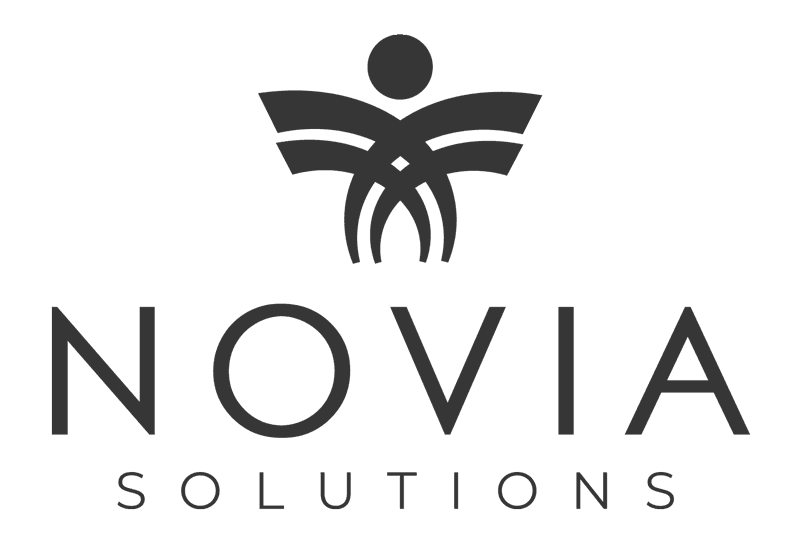It’s been 9 years since the National Academies of Sciences, Engineering, and Medicine (formerly known as the Institute of Medicine) issued the groundbreaking report, The Future of Nursing: Leading Change, Advancing Health. In this report, the academy called out the need for changes in not only nurses’ roles but also their responsibilities and education. Nine years later, we’re taking a look back at how far The Campaign For Action has come and analyzing the outcomes to identify key insights of what the outcomes might mean for the future of nursing and nurse leadership. Below is a review of the 7 key areas of focus and the progress they have made over the past nine years:
Education
- IOM recommendation: 80% of nurses be BSN prepared.
- Current standing: while some states are close to achieving an 80% BSN rate, it is unlikely that this goal will be achieved nationwide by 2020.
Doctoral degrees
- IOM recommendation: to double the number of nurses with doctoral degrees by 2020.
- Current standing: this recommendation has already been achieved as the number of nurses with doctoral degrees rose from 10,022 in 2010 to 28,004 in 20171.
Practice environment
- IOM recommendation: APRNs be able to work to the full extent of their training and education
- Current standing: at this time, 22 states allow Nurse Practitioners to practice to fullest extent of their training and education.
Leadership
- IOM recommendation: better promote nurse leadership by having 10,000 nurses “serving on corporate, health-related, and other boards, panels, and commissions by 2020”1
- Current standing: at this time, 5,757 nurses who are serving on boards have registered with the coalition. Because of this, it is not likely that the goal will be met by 2020 although significant progress has been made.
Diversity
- IOM recommendation: while no explicit objectives were set, workforce diversity was one of the main priorities of the IOM report. In 2010, “the makeup of the U.S. population is about 50.8% female and 49.2% male, in 2017, pre-licensure RN program graduates were 85.6% female and 14.1% male—up from 12.2%”1
- Current standing: in 2017, “68.6% of graduates of entry-level baccalaureate nursing programs where white. The number of total minorities in 2017 was 31.4%, up from 24.6% in 2010”1.
In order for clinical leaders to fully utilize the results of Future of Nursing Report, it is critical for clinical leaders to understand the underlying trends behind the results. According to Susan Hassmiller, RN, PHD, FAAN, and Director of the Future of Nursing: Campaign for Action, here are 4 insights every clinical leader can use to better promote their nursing teams and in turn, equality of care throughout their organization:
1. What Members of the C-Suite Should Realize About Nurses
“When I say nurses are a means to an end, I mean nurses are very, very, very important to the health of our country,” she says. “[Our foundation] believes nurses have value.”
“Often, people in the C-suite don’t see nurses as a means to an end. [Nursing is often] the biggest line on the budget. But really, if you had enough of us doing the right things, we could save you a lot of money and make you a lot of money. Not tapping into the full capacity of your nursing workforce is a missed opportunity. Many see nurses as just doing tasks, but there’s much more that we can do.”2
2. Where Progress Has Been Made“
[The NAM] report was about building nursing’s capacity—keep going to school, be at the [decision-making] table, and make sure you’re practicing at the top of your license. It was all about building the nursing profession.”
“[For example], at the time of the report, only 49% of nurses in the U.S. had bachelor’s degrees. The evidence the [NAM] committee studied showed that a baccalaureate degree was beneficial [to patient care and outcomes].”
“It’s a stretch goal, but here’s the important thing about this recommendation—in our country, there’s been a cultural shift. If you speak at community college graduation and ask who will go back to school, every single hand will go up. It wasn’t like that 10 years ago.”
“What we did over all these years was put the infrastructure in place for this cultural shift to move forward. Now, we have memorandums of understanding between community colleges and universities. Will the country reach 80% by 2020? No. But there will be some institutions that will. And in Hawaii, they are at 72% BSN-prepared nurses.”
“I want people to look at the Campaign for Action’s BSN-prepared nurses map so they can see exactly where they are [in relation to the 80% goal]. We don’t want them to forget they still need to work on that.”2
3. Where Nurse Leaders Should Focus Their Effort
“One recommendation I really would love to meet is having 10,000 nurses on boards by 2020. I really believe we can meet that one. I know we have more than 10,000 nurses on boards. If we could get them to sign-up at the Nurses on Boards Coalition, then I think we could reach that goal.”2
4. What’s Next For The Future Of Nursing Report
“Employment, housing, transportation, food access, social isolation—those are the indicators of a person’s health and well-being. We know what all the indicators are in this country and they are dismal. There will be a new report (The Future of Nursing 2020-2030) which aligns with RWJF’s mission to ensure everyone in this country has a fair and equitable chance at achieving their highest state of health. This new report is going to be about the role of nurses in addressing social determinants and health inequities in our country. That’s a big-ticket item and another way to achieve the goal of reducing high-frequency users.”2
To learn more about our leadership opportunities, visit our website to speak with a recruiter today. Or, follow us on LinkedIn to receive updates about our hot jobs.
In case you missed it:
- Then Vs. Now: 5 Ways Nursing Has Progressed In The Last 9 Years
- Staffing Budget Got You Down? Start With Understanding FTE’s
- Short On Managers? Cultivate Them From Within
Sources
1Thew, J. (March 15, 2019) The Future Of Nursing Report: Where Are We Now?
2Thew, J. (April 11, 2019) 4 Insights On The Future Of Nursing Report


